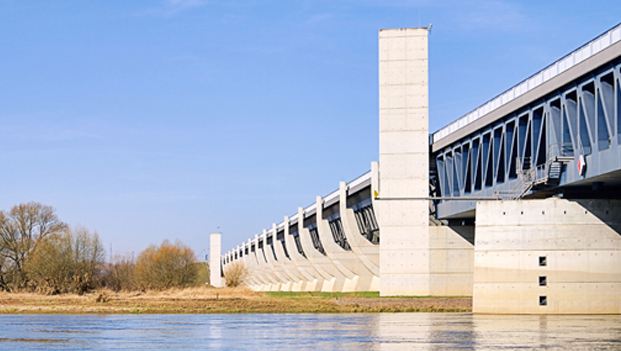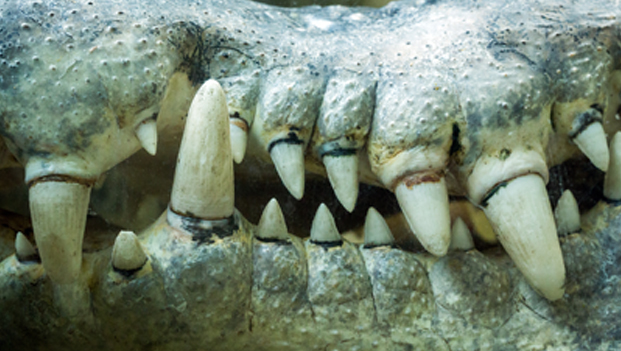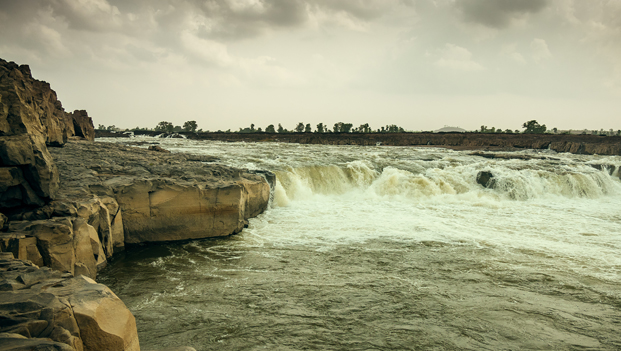8th February 2016
Which is the longest navigable aqueduct in the world?
The Magdeburg Water Bridge is a navigable aqueduct that has been built in Germany. It connects the Elbe-Havel Canal to the Mittellandkanal, crossing over the Elbe River. It is the longest aqueduct measuring 3,012 feet.





